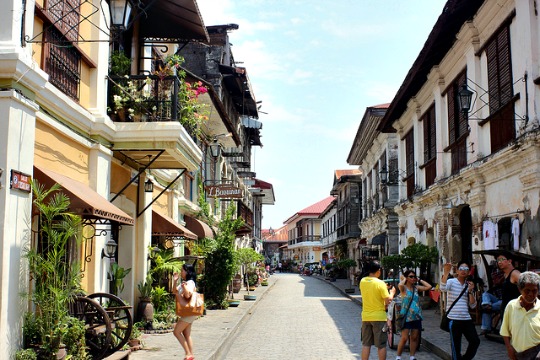UNESCO Declares Vigan City World Heritage Management Awardee
Vigan City has been conferred the UNESCO World Heritage Best Practice and Conservation Management award, beating 28 entries from 23 countries in the world.
"We were lucky to be chosen for this so huge an award. When the UN asked for the requirements, and told us that it is nominating Vigan for this award, we did not announce this nomination," City Mayor Eva Marie S Medina said yesterday.
"Vigan is such a small city compared to large world heritage cities all over the world. We were not sure to win this.”
She said Vigan was chosen for three reasons: its good management practice with relatively limited resources, local community participation that is integrated in the various system of heritage conservation and management of our city, and the multifaceted approach for the protection of the heritage site.
"The judges did not only focus on conservation of the city but also the total development of the city which envelops tourism, water, environment protection and other aspects,” Medina said.

Vigan City, Philippines
Vigan was listed by UNESCO as a World Heritage Site on December 2, 1999. And on September 8, 2002 it celebrated its first World Solidarity Day as a world heritage site.
Vigan was chosen as a world heritage site, according to the World Heritage Centre, because the city represents a unique fusion of Asian building design and construction with European colonial architecture and planning.
The city is an exceptionally intact and well preserved example of a European trading town in East and East Asia.
Vigan City which is located in Ilocos Sur Province, is famous for the old massive stonewalls and Spanish brick houses which date back to the Spanish colonization period.
The old city of Vigan lies north of Manila and can be reached by bus.
Travel time can take from eight to twelve hours depending on how heavy the traffic is going out of Manila. (ANL/Imelda C. Rivero-PIA 1 Ilocos Sur)


